Thought I'd jump back in here and offer some more knowledge. You're on a laptop, and don't have a controller (dude, you MUST get a controller - even if you can't get a Triton just yet, it doesn't matter it's just a box with sounds - you can download the triton VST/samples easy enough). Go to EBAY NOW and look up MIDI CONTROLLER, you'll find them for <$100. Just make sure it's got real sized keys not a mini POS.
Once you do, choose between cubase or logic (being biased I'm going to say go with Steinberg it's easier to troubleshoot and trust me you probably will troubleshoot a lot at first).
When you have your sequencer installed, do a search for VST's (there's 1000's, people here probably can help ^^). GET VST's. These are essentially your sounds/banks/drumkits/samplers/etc.
Now here is the kicker - you're on a laptop - you don't have a real soundcard. No I don't mean like a soundblaster HD pro or some shit, I mean like a real MOTU or M-AUDIO etc. and I have no clue if they are avail. for laptops (easy to find out for you though). If they are available for your machine, GET ONE. This will GREATLY improve your overall sound, you will NOT get broadcast quality sound/mastermixdowns with any laptop (I don't care how much you spent on it, unless it's meant for studio use). This will give you at least 2 ins/outs to play with so you can plug in a mixing board, or any audio device (i.e. I have a mackie mixer - all my shit goes through the mackie ((DJ setup, keyboards, mics, external gear...)) and the master from the mixer feeds into the soundcard), in your case you'll probably plug in one mic, or one keyboard if you want to use it's internal sounds (or other gear). If you do not get a real sound card, you WILL have latency issues with your midi and audio (you will understand 'latency' soon enough - and trust me you don't want the headaches if you're serious about your music).
*Don't cheap out on MIC's. Get a studio quality MIC and stay away from USB MIC's I don't care what reviews you read.
*If you use any external gear (samplers, keyboards, etc), be prepared to learn how to record those layers when mixing down (example: You have a hot beat you made in fruityloops which is integrated into cubase, you want to lay some synths from your triton, and do som vocal work - it will all have to be recorded in layers and be IN your machine, not just pre-recorded on your triton and played back by midi triggers).
*When doing your recording/editing/mixing/mastering, pay REALLY close attention to your stereo panning. When you do a cool riff, record it again and now split the channels with one 100% pan left, and the other 100% pan right. Chances are you recorded with a few different characteristics (volume, sensitivity of keypress, length, quantizing..) that will sound great when separated/mixed down. Even give each it's own frequency/EQ'ing to differentiate them, or even change the instrument in one ear...
*Always make sure your drums are stereo panned (especially on the final 4 of an 8 bar measure before the next drop ((like a drum roll with each drum hit being in the other ear,))). Drums, one lead instrument per measure/arrangement, and the bass are the most powerful components and should be kept a touch above the rest re velocity.
* (most producers nightmare >>)_Don't overpower your snares (very easy to do - good way to always check, once you have a basic beat down, turn it RIGHT UP in volume, and if the snare beats the shit out of your ear, tone it down or tone the actual snares sample down in hz/highs).
*When building beats, keep structure in mind (intro/chorus/verse/chorus2/verse2/3/3/outro..).
If you're doing vocals and its a song (vs. narration or other audio needs), always play with overlays, doubling yourself over your own voice, ad libs, and fillers to also give characteristics, panning, and depth to your music. Do a lead vocal, then do a left ear double up, then a right ear double up. Now you have 3 layers to play with, make the lead the loudest, separate the other two per pan left/right, and give it a few effects. Now do one more overlay over the lead to fill other areas/do adlibs and turn that down a touch under the main lead - mix/master).
Getting that BOOOM sound is an artform, even after a decade its still a process and a half for me. Once the final mixdown occurs in Cubase for me, I export as a high hz rate .wav and import it to soundforge, and normalize/peak it some more so it's absolutely maximized on the wav pattern on screen yet isn't redlining. Then EQ a lil' more, then re-export another copy of the .wav to compare to the original. Pick the one I like, and take it OUT of the studio, and into my truck, which is still a standard escalade system (hc) to see what it sounds like on a normal system (because in a studio 'anything' can sound good - which is another problem with high end home audio systems and or cheap 'studio' monitors tend to have). If it sounds peaked and nice on a normal system or a cheap system, then you're golden. There are also places you can simply send your .wav that will do some mastering for you on your final export (as much as you can do with one layer of stereo audio - but still when you have pro filters and limiters and mastering equiptment you can re-master anything to sound like it has a concert/club finish to it).
Hope that helps shed some light for you, and best of luck building your beats/making music!!
N.

